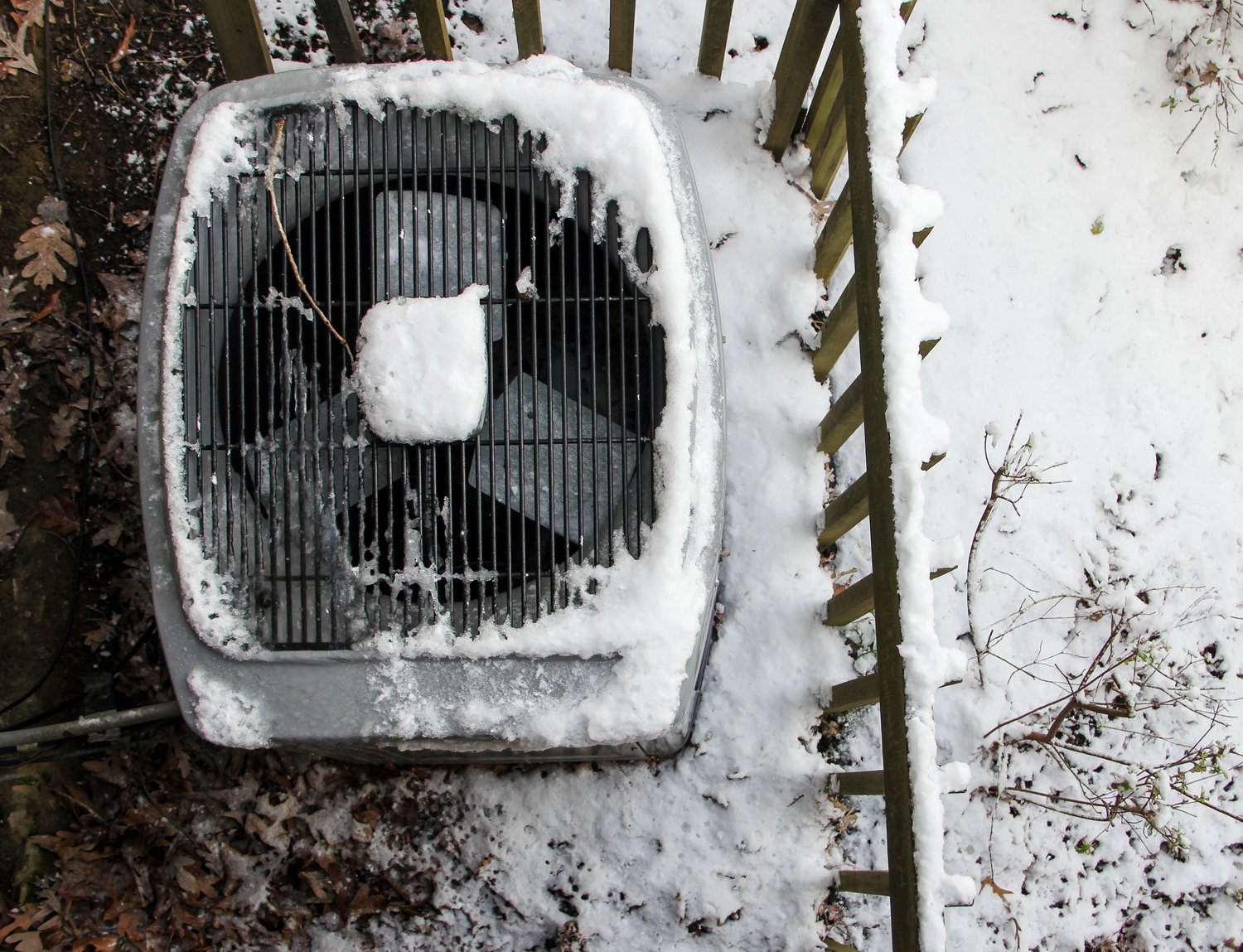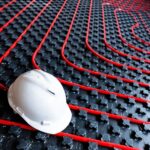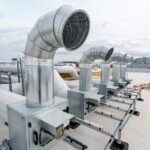The winter chill can reveal the crucial role your electric heat pump plays in maintaining a cozy environment. But what happens when ice starts forming on the pump, causing efficiency to plummet? The key lies in understanding the defrost cycle, a vital component of winter operation and maintenance. Mastering this can ensure your heat pump remains both effective and efficient during the cold months.
- Explore the fundamental principles behind how electric heat pumps function during the winter.
- Dive into the details of the defrost cycle and its role in preventing ice buildup on the heat pump coils.
- Discover common issues in defrost cycles and practical solutions to troubleshoot them.
- Learn valuable maintenance practices to keep your system running smoothly through the colder months.
By delving into the nuances of the defrost cycle in this article, you’ll gain insights into optimizing your heating system for energy savings and reliable performance all winter long. Let’s ensure your electric heat pump stands strong against the winter freeze.
Understanding the Electric Heat Pump Defrost Cycle: Winter Operation and Maintenance Processes
Electric heat pumps are integral to maintaining a comfortable indoor environment, especially during the winter months. Understanding their operation during this season is essential for ensuring energy efficiency and reliability. One crucial aspect is the defrost cycle.
The defrost cycle is designed to prevent ice buildup on the heat pump coils, which can occur when the outdoor air is cold and humid. This process is critical because ice can severely reduce the efficiency of the heat pump, making it harder to maintain desired indoor temperatures. A properly functioning defrost cycle maintains the system’s efficiency by periodically reversing the flow of refrigerant, which temporarily heats the outdoor coil to melt accumulated ice.
Without a regular defrost cycle, ice can form a barrier that impedes airflow and leads to higher energy consumption. This not only increases operational costs but also strains the system, potentially shortening its lifespan. Recognizing the role of the defrost cycle can empower you to take proactive maintenance steps to ensure your heat pump runs optimally throughout winter.
Identifying Common Issues and Solutions in Heat Pump Defrost Cycles
During winter, heat pump defrost cycles can encounter several common problems that impact performance. One frequent issue is sensor malfunction. If a sensor fails to detect ice properly, the defrost cycle may not initiate when needed, allowing ice to accumulate on the coils.
Another prevalent problem is control system errors. These can prevent the defrost cycle from starting or cause it to run too frequently, wasting energy and reducing efficiency. Addressing these issues involves practical troubleshooting steps.
To resolve sensor malfunctions, examine the sensor connections for any signs of damage or disconnection. Ensure that the sensors are correctly positioned to detect ice accurately. For control system errors, resetting the heat pump or consulting with a professional can often restore normal operation. Regular maintenance and timely inspections can prevent these issues, ensuring your heat pump’s defrost cycle operates smoothly and efficiently during the winter.
Effective Maintenance Tips for Electric Heat Pump Defrost Cycle: Winter Operation and Maintenance
Keeping your electric heat pump’s defrost cycle in excellent condition during winter is crucial for optimal performance and system reliability. Understanding the importance of routine maintenance can help you prevent common issues that arise in colder months, ensuring your heating system operates efficiently.
Begin by conducting routine inspections of your heat pump. Regularly checking the control systems and sensors can help detect any malfunctions early. Inspect electrical connections and ensure all components are securely attached, allowing the heat pump to function correctly during its defrost cycle.
Cleaning is another essential step for maintaining your heat pump. Ice and dirt buildup on the coils can significantly hinder the system’s efficiency. Make sure to remove any debris or ice formations on or around the heat pump coils. Keeping coils clean ensures proper airflow, facilitates better heat exchange, and enhances the defrost cycle’s effectiveness.
Investing in professional servicing is highly recommended, especially as winter approaches. A qualified technician can provide a comprehensive assessment of your heat pump, addressing any underlying issues you might overlook. Regular servicing includes checking the thermostat settings, lubrication of moving parts, and calibration of sensors, all contributing to a smoother defrost cycle.
Embrace these maintenance tips as part of your routine, ensuring your electric heat pump remains efficient throughout the winter. By proactively managing and maintaining the defrost cycle, you can achieve substantial energy savings and prolong the lifespan of your heating system.
Frequently Asked Questions: Electric Heat Pump Defrost Cycle
Why does my heat pump enter a defrost cycle in winter?
The defrost cycle prevents ice buildup on the coils, ensuring efficient heat pump operation.
How often should my heat pump defrost?
Typically, a defrost cycle is needed every 30-90 minutes, depending on the weather and system settings.
What indicates a problem with my heat pump’s defrost cycle?
Signs include continuous or prolonged defrost cycles, increased energy bills, or insufficient heating.
Can I manually trigger a defrost cycle?
Yes, but it’s best to consult your heat pump’s manual as procedures can vary by model.
Should I turn off my heat pump if it ices up?
No, allow the defrost cycle to complete. If the issue persists, contact professional maintenance.





